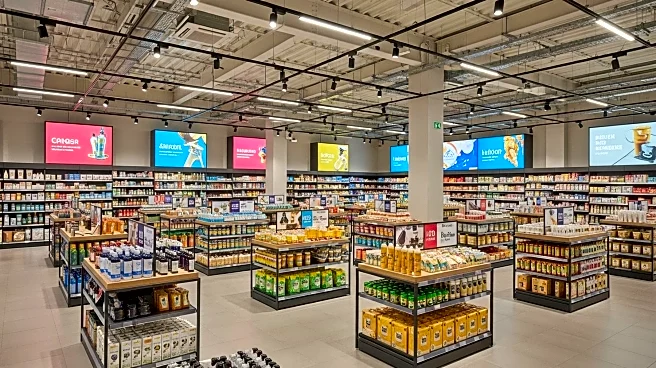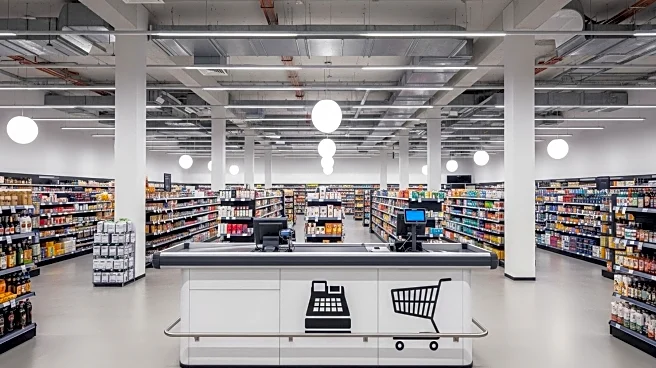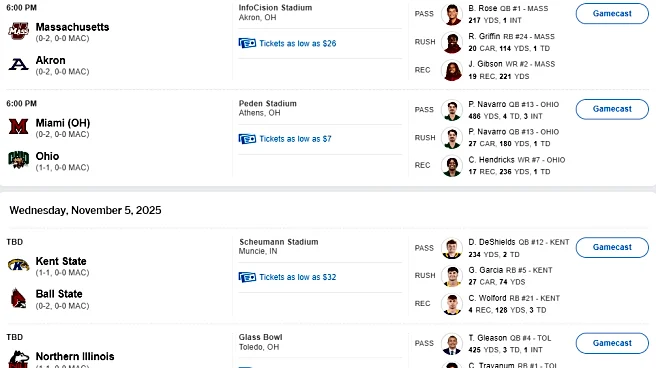What's Happening?
Homeowners insurance premiums have reached new highs across the United States, particularly affecting areas prone to natural disasters such as Florida, Texas, and California. The average homeowner in Miami now pays $502 monthly for insurance, a significant increase from $306 in 2019. This surge is attributed to the increased frequency and intensity of natural disasters, which have led insurers to withdraw from high-risk markets. Additionally, rising costs of building materials and labor have contributed to the premium hikes. These increases are outpacing broader inflation, with premiums rising 4.9% in the first half of the year alone. The financial strain is particularly felt by first-time and lower-income buyers, who may struggle to qualify for loans due to higher insurance costs.
Why It's Important?
The escalating insurance costs are becoming a critical factor in the U.S. real estate market, influencing buyer and seller decisions. As insurance premiums rise, they add to the 'hidden costs' of homeownership, alongside property taxes and maintenance expenses. This trend is causing concern among prospective homebuyers, with 75% worried about future affordability. The situation is prompting shifts in homebuying strategies, particularly among younger buyers, who are considering new locations or altering their plans. The impact is significant for the housing market, potentially slowing down sales and affecting the overall economy.
What's Next?
Homebuyers and homeowners may need to explore alternative strategies to manage rising insurance costs, such as shopping for new insurers, bundling policies, or accepting higher deductibles. However, these options come with risks and may not be feasible for all. The trend of rising premiums is expected to continue, prompting further adjustments in the real estate market. Stakeholders, including mortgage lenders and real estate agents, will need to address these challenges to support buyers and maintain market stability.












